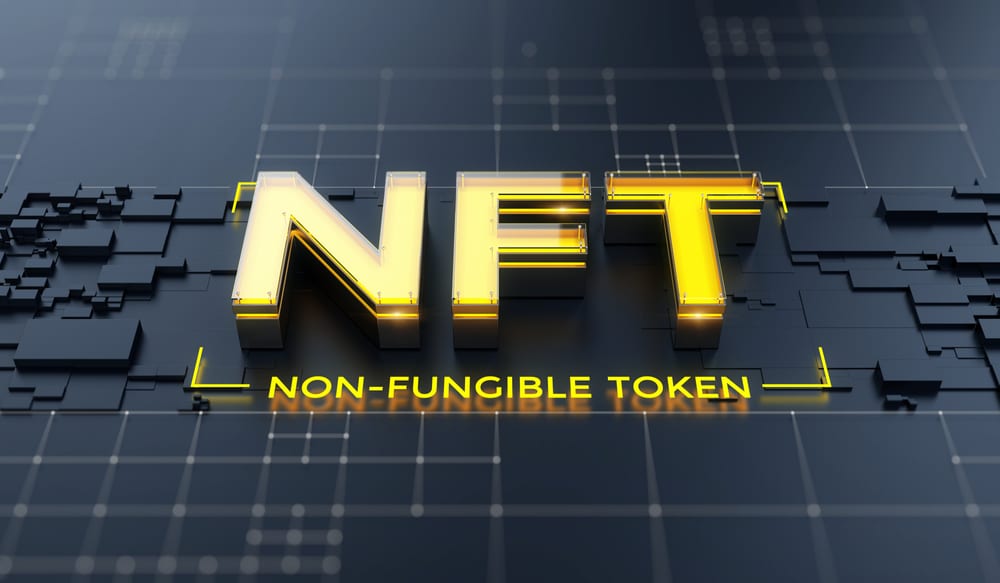Understanding Blockchain Interoperability Through Omnichain Multichain and Cross-Chain Technologies

This guide delves into the pivotal notions of blockchain interoperability, focusing on omnichain, multichain, and cross-chain frameworks.
At the heart of the cryptocurrency realm lies the principle of interoperability, which is essential for realizing a fully decentralized financial ecosystem. Here, individuals can freely manage their digital assets. Blockchain interoperability mechanisms play a vital role in this context, ensuring the fluid movement of assets across diverse networks and ecosystems.
This exploration aims to shed light on the significant aspects of blockchain interoperability, particularly through the lens of omnichain, multichain, and cross-chain technologies. Comprehending these concepts is fundamental to understanding the communication pathways between blockchains and decentralized applications.
Exploring Interoperability
Interoperability describes the capacity for different blockchains and dApps to engage and collaborate. The inherent design of many blockchains as isolated entities presents numerous challenges, including:
- Inefficiency: The necessity for users to navigate through centralized exchanges or undertake intricate manual operations for asset transfer between chains, a process often marred by delays, high costs, and reliance on intermediary trust.
- Stagnation in Innovation: Isolation limits blockchains from leveraging their counterparts’ advancements and technological progress, stifling new developments and broader adoption.
- Centralization Risks: The predominance of a single blockchain, like Ethereum, poses a risk of becoming a focal point of failure, contradicting the principles of decentralization.
- User Limitations: The absence of inter-chain communication restricts users’ freedom to utilize their digital assets as desired.
The aspiration for a decentralized financial system, as envisioned by Satoshi Nakamoto, encounters hurdles in achieving a universally accessible and inclusive financial framework that transcends geographical barriers and fosters global financial participation.
The necessity for permissionless innovation is paramount, enabling seamless interoperability among different platforms and protocols. This is crucial for the proliferation of new financial services and products, ensuring unrestricted economic activities within the DeFi ecosystems, where users maintain absolute control over their assets, including custody and financial information management.
To surmount these challenges, fostering an open, inclusive, and interoperable financial ecosystem is imperative, paving the way for innovation and the free flow of economic activities.
The Blockchain Trilemma
In discussions on interoperability, it is essential to highlight the blockchain trilemma, which articulates the difficulty in achieving a harmonious balance among decentralization, security, and scalability within public blockchains. Enhancing one aspect often comes at the expense of another, creating a barrier to achieving optimal performance across all three domains.
This challenge emerges without a centralized governing entity in public and permissionless blockchain networks, where transaction validation is decentralized. Although a higher number of decentralized nodes enhances network security, it inversely affects scalability due to the need for consensus.
Delving into Omnichain
The concept of omnichain encompasses integrating all blockchain networks, irrespective of their specific smart contract technologies, highlighting its universal appeal.
By establishing a foundational layer (Layer 0) that acts as an interoperability framework, omnichain allows for the fluid integration of various blockchain networks and dApps. This innovation ensures the unimpeded movement of users and digital assets across blockchain divides.
A notable implementation of this concept is found in LayerZero, which introduces “LayerZero Endpoints” across supported blockchain networks to form a bridge for seamless interconnection.
For instance, integrating LayerZero with blockchains like Ethereum, Binance Smart Chain, and Polygon enables users to transact ERC-20 tokens effortlessly across these platforms, simplifying the cross-chain transaction process without necessitating third-party intervention.
Omnichain technology addresses critical interoperability hurdles, offering a streamlined experience for transferring tokens or NFTs across blockchains, thereby enhancing user engagement with their preferred networks.
Multichain Explained
The concept of Multichain encompasses a blockchain initiative that operates concurrently across numerous blockchain networks. This configuration permits user interaction with multiple chains through a single project.
Multichain technology employs a layered blockchain structure rather than a singular, all-encompassing chain. This architecture is segmented into distinct layers, each with specialized functions:
- The consensus base layer serves as the network’s security foundation, overseeing transaction validation and the consensus mechanism.
- The application layer houses various blockchains with unique tokens and operational logic. This adaptable layer enables individual chains to implement specific functionalities and regulations.
- Communication modules act as conduits between chains, facilitating data exchange and interaction across the application layer.
Benefits of the multichain architecture include enhanced scalability through the distribution of tasks across several chains, reduced costs via security consolidation at the consensus base, the ability to incorporate new chains as needed, and fluid communication across different blockchain environments.
Prominent multichain initiatives include Polkadot (DOT), which integrates new chains for security and connectivity; Cosmos (ATOM), enabling interoperability among independent chains through the Inter-Blockchain Communication (IBC) protocol; and Celestia (TIA), which supports the launch of scalable applications with its modular framework.
Cross-Chain Technology
Cross-chain technology enables the exchange of data and assets between distinct blockchains, serving as a bridge to facilitate interoperability among isolated networks. This is achieved through protocols that utilize smart contracts to immobilize original assets in reserve, issuing equivalent synthetic tokens on the target chain to ensure fluid asset transfers and interactions.
For instance, a Bitcoin (BTC) holder wishing to engage with a DeFi application on Ethereum can employ a cross-chain bridge. This mechanism secures the BTC, generating an equivalent wBTC (an ERC-20 token representing Bitcoin ownership) on Ethereum, making it compatible with its ecosystem.
Cross-chain bridges offer several advantages, including improved capital mobility across blockchains, heightened liquidity for DeFi platforms by amalgamating resources from various chains, broader accessibility for users to interact with multiple chains without altering their base assets, and reinforced decentralization by minimizing reliance on centralized exchanges for asset transfer.
Key projects in this domain include Chainlink (LINK), RenVM, Connext (NEXT), and Axelar (AXL), each providing unique methods for facilitating blockchain integration via token wrapping and conversion processes.
Conclusion
Blockchain interoperability is a dynamic field of research and innovation, with omnichains, multichains, and cross-chain bridges offering diverse solutions to bridge the gaps between autonomous ledgers and decentralized applications.
While each approach presents distinct challenges regarding decentralization, security, and scalability, the collective aim is to foster an inclusive and transparent environment. These platforms advocate for open, permissionless interaction without sacrificing the autonomy of individual networks.
DISCLAIMER: It's essential to understand that the articles on this site are not meant to serve as, nor should it be construed as, advice in legal, tax, investment, financial, or any other professional context. You should only invest an amount that you are prepared to lose, and it's advisable to consult with an independent financial expert if you're uncertain. To obtain more information, kindly examine the terms of service and the assistance and support resources made available by the issuing or advertising entity. Our website is committed to delivering accurate and unbiased news, yet it's important to note that market conditions may change rapidly. Also, be aware that some (but not all) articles on our site are compensated or sponsored.








